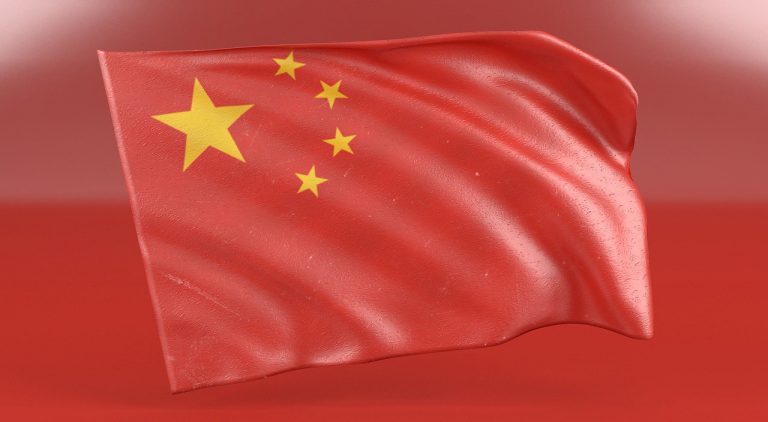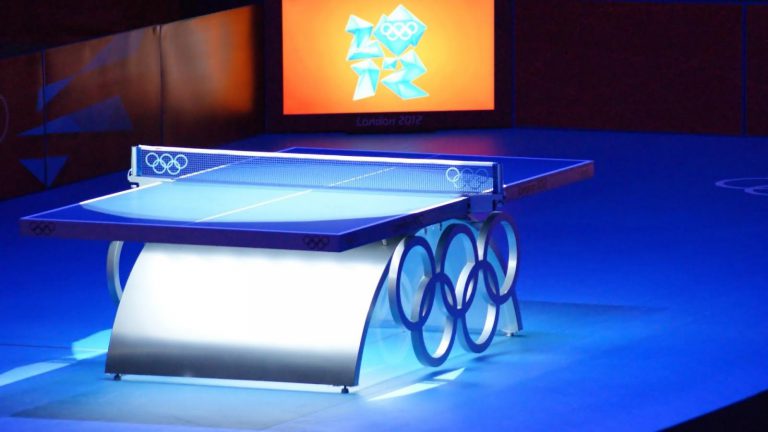by Jing Yi Graham

Last night, when I was coaching in the hot and steamy table tennis hall, it reminded me of my early days as a young table tennis player at home in China. While we are enjoying the lovely sunny weather over the last few weeks in Ireland. which we do not normally have, my early summer training camps were in sweltering hot conditions as our normal July temperatures were in the mid 30 degrees C.
Everyone is aware that Table Tennis is the national sport in China. I was attracted to the sport when I went to primary school. When I was young, I watched many Chinese world class players on (black and white) TV and was inspired by them. All my role models were table tennis players. I was falling in love with the sport as soon as I was picked by my PE teacher to join in a school club when I was 8 years old.
I was born in Beijing but we had moved to Tianjin city, which is 120km southeast of Beijing, when I started primary school. Every day I couldn’t wait until school finished so that I could go to training. The school club was open from 4.00-7.00pm, we used to play two and a half to three hours per day and every weekend.
In the summer I had started playing, 1976, China experienced a massive earthquake known as “the Great Tangshan Earthquake” when over 240,000 people died. The epicentre of the earthquake was about 60 miles from our home. The earthquake was around 3.00am in the morning. It took many lives and destroyed many houses in Tianjin as well as the surrounding area. As usual, that night I was sleeping soundly, and was dreaming that I was on a yoyo and enjoying it until my father woke me up and told me that we had to run outside as we were having an earthquake. My father then quickly grabbed my hand, and we ran outside on to the street, then I suddenly stopped and said to my father: “hold on, I forgot my table tennis bat”. I turned around and ran back, and dad followed me into the house. When we got back into the house, we realised the front part of the roof had collapsed and the ground was full of rubble. Dad asked me if I remembered where I put my bat, I told him “Yes”! I had to dig through the rubble with my bare hands, but I found my bat case close to where I had set it the previous night. I quickly said: “We can go now”. That was one of my most memorable experience related to table tennis in my childhood.
My school had 2 tables in the room and there was not much space between the tables. In the winter, China is usually very cold, temperatures could stay well below zero for weeks. I remember, in wintertime, we had a coal burning stove in the room to keep it warm. Every day when I finished training, there were black marks under my nose on my top lip and it looked like I had a moustache because of heavy breathing during the training in the smoky atmosphere.
In China, table tennis has a well-developed and professionally run governing body. It has a really good system with clear structures and pathways for players’ development from grassroots through to international level.
When I started playing table tennis, at the basic amateur level, each district had 3-4 primary schools which had table tennis clubs. School table tennis sessions were held in a quite small hall which were the size of a classroom.
However, there was a clear pathway for players to progress – each district had a training centre where all better players who were selected from each primary school did additional training. There was also a Tianjin City Central Training Centre for amateur players, which had its own coaches who could select players from each district centre (or primary schools) to form squads for the various age groups. The school I was in had very strong table tennis teams both in boys and girls. We dominated the teams title and I won gold in U12 singles in 3 consecutive years since I was 10. I was fortunate enough to be picked to go to the City Central Training Centre when I was 11 years old. At age of 12, I was no. 1 in U14 and was beating players in U17 category. Our coach at primary school, often organised visits, to play friendly matches against players from other schools, and we played against boys as well. On several occasions I beat Ma Wen Ge until we were older, he later became World Champion.
In the 1980s, Tianjin city was considered as a province with a population of approximately 9 million people (it is now nearly 14 million people). The full-time professional system in a China province, usually comes through series of selection procedures, so players could progress to be full time professional players in the Tianjin Sports Academy from when they leave primary school at about 11-12 years. Coaches from the full-time academy select a squad of 8-10 top players from various district training centres. These players formed a squad, training on a full-time basis, twice a day for five and a half days per week and living in residential accommodation for a year at the centre. At the end of the 12-months, a selection is made by the coaches as to the players who will stay at the centre – those players will become full-time professionals.

In my professional career, for me the situation was more complicated. Sports professionals are required to leave school at very young age, straight from primary school in my era, but my parents were both academics and wanted me to achieve academic success. At the end of the 12 months residential camp, as the no. 1 player in the squad, I was offered a place in the full time Academy. However, my father did not see there was a future for me as a table tennis player. Honouring my parents’ wishes, I left the full-time centre and returned home and started first form (equivalent of year 8) in Tianjin No. 1 Grammar School. I went back to my previous TT coach at the Central Training Centre for amateur players, while studying. However, my love for the sport continued to drive me to want to be a full-time professional player. In addition, the coaches in the Academy still wanted me to join in the centre. They had several meetings with my parents during the three years after I left the Academy. Eventually I persuaded them to allow me to play table tennis as a professional player in 1984 after I finished my middle school at 15 years old (equivalent of GCSE in UK).
In the Sports Academy, we had a routine every day, 6.30am start with morning run, warm-up such as stretching, shadow play for 30 minutes. Then breakfast began at 7.30am, and the morning training session commenced at 8.30-11.15am. The afternoon session was from 2.30-5.00pm including physical training. Furthermore, at evening times, players were taking voluntary time to work by themselves, organising practice with each other, practise serves etc. We stayed and trained in the Academy on Monday – Saturday morning. Then everyone was allowed to go home on Saturday afternoon, on Sunday evening, everyone reported to the coach on duty on their return by 9.00pm. That would start another week.
I stayed in the professional team for 5 years before going on to university to take a degree in English. Table tennis entitled me to a scholarship for entry to university, in return for me representing the university to play national university competitions.
To be Continued

Really interesting read about the real insight to the home of table tennis and your table tennis career growing up . Would absolutely love to visit China in the future to see the intensity and routine of how table tennis is played over there and the difference in level to the rest of the world.